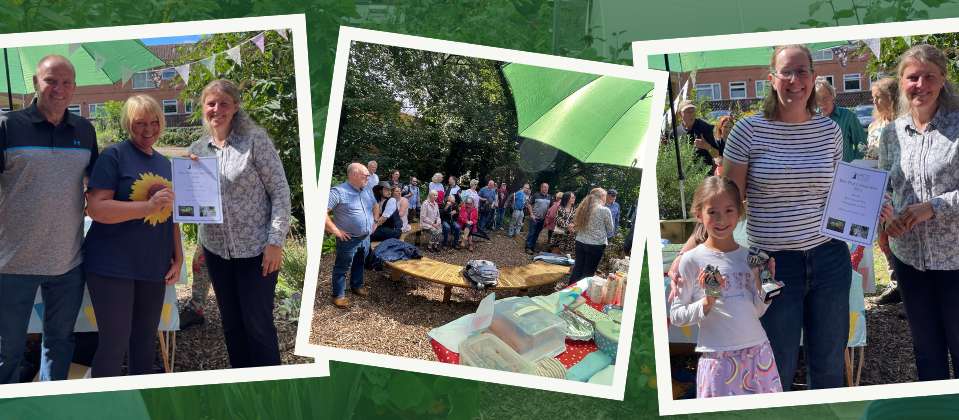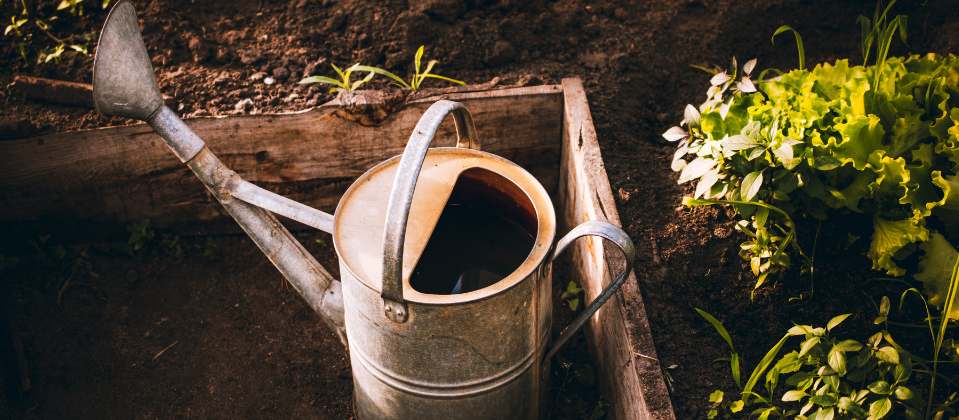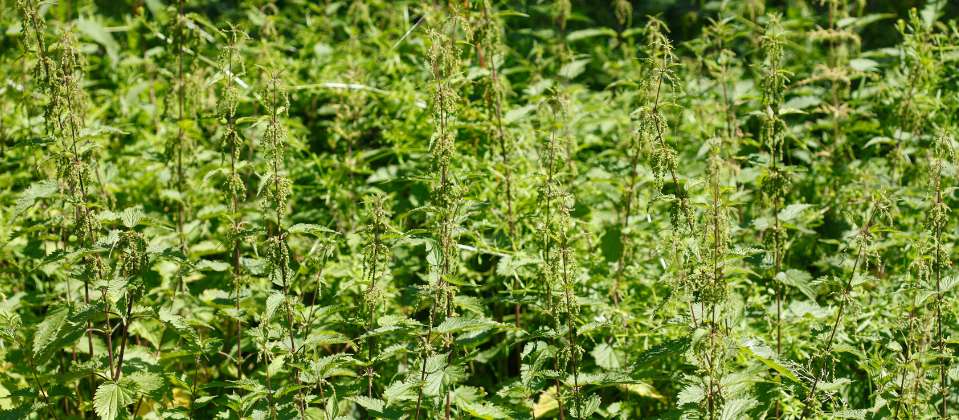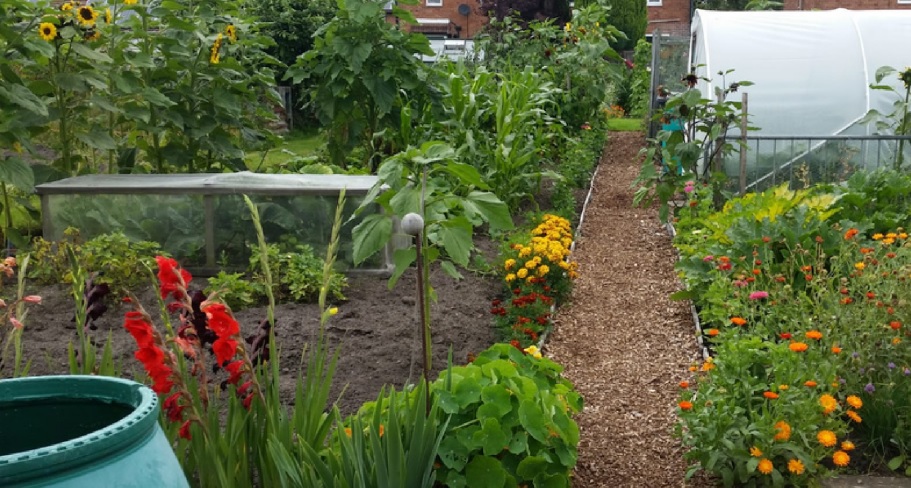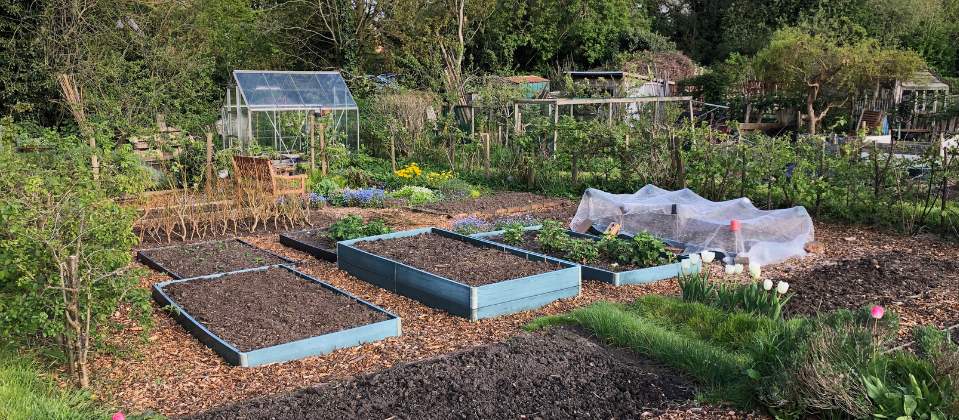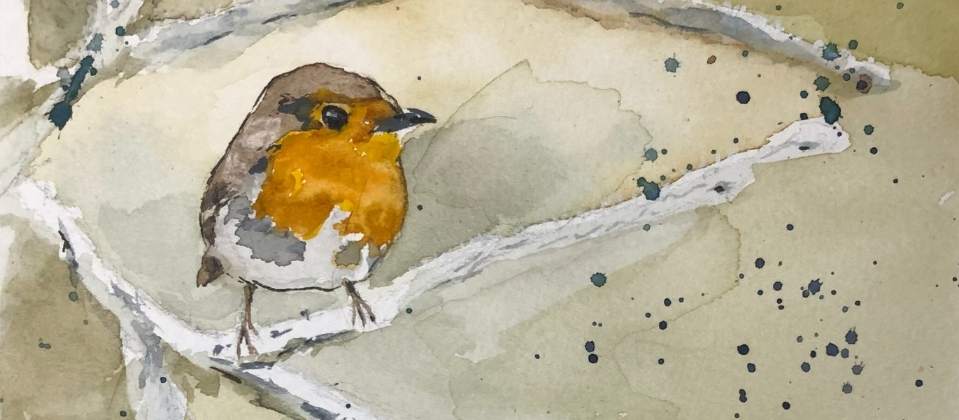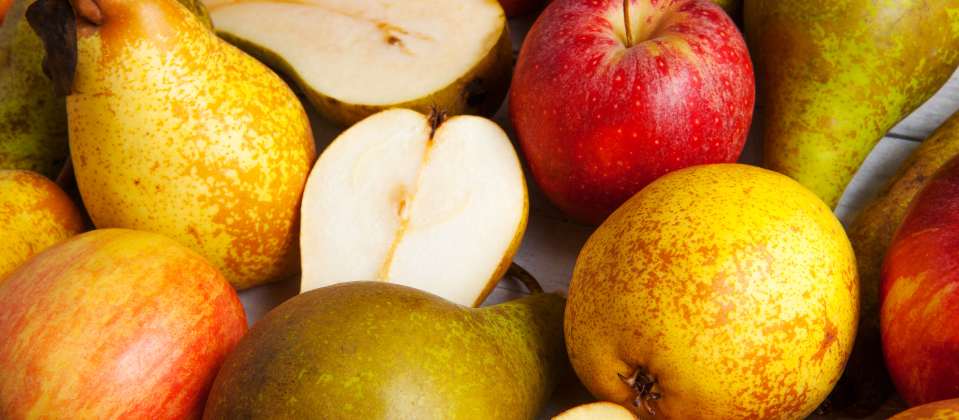Compost
It can be confusing for new gardeners to understand how the term ‘compost’ is used, and the different meanings it can have. And those differences matter! Using the right stuff can make all the difference to the success of your crops.
You may be familiar with the garden centre use of ‘compost’: big plastic sacks full of various growing media for sowing seeds, potting plants, or ‘multipurpose’, that they are very keen to sell to you as essential to your gardening, especially at this time of year. Only very recently has the peat-free campaign really taken off; if you’re going to buy the bagged stuff, make sure it’s 100% peat free. Otherwise you’re contributing to the destruction of some of the most valuable, and beautiful, carbon storing ecosystems of the world. Of course, many organic gardeners have been banging on about this for years (and suffered scorn from others in allotment associations for trying to bring about change); at last, the Royal Horticultural Society and commercial producers have got it, and peat free is becoming the legal standard for bagged compost. (Hopefully your allotment association is no longer selling anything with peat in it….) Peat was attractive to growers because of its excellent water retention, the even suspension of nutrients within the medium, and how light it is to carry around. Some producers use coir, coconut fibre, instead; of course we don’t grow coconuts in Britain, and so the material has to be transported across the world for our ease and comfort, which doesn’t seem quite right.
Fortunately, there are plenty of more sustainable alternatives: commercial producers tend to use municipal green waste, shredded bark, or fibres left from anaerobic digesters, but if you’re avoiding the bought product and making your own, we have access to the most wonderful free resource: leaves! They fall in their millions in the autumn and you can collect them up, contain them in a simple wire enclosure, leave them for a year or more, and enjoy the gorgeous soft material, known as leafmould, that results. Leafmould can form the basis of making your own ‘John Innes type’ seed and plant compost; you may need to sieve it if you’re sowing fine seeds like salads, brassicas, carrots or tomatoes. Mix with equal quantities of horticultural sand or grit or vermiculite for drainage, and some fine soil, also known as loam, from your plot beds for a few nutrients – but seeds need barely any nutrients to germinate so they will be fine for a few weeks till you move them on to bigger pots or open ground.
The other key kind of compost is what you make yourself to spread as mulch on your plot beds, to enrich the soil by providing nutrients and bulk which helps water retention. Every allotment needs this kind of compost, and as much as you can possibly generate: alternate layers of green and brown (nitrogen and carbon) and use grass clippings, unprinted cardboard, vegetarian pet and animal bedding (but not cat or dog faeces), partly rotted wood bark or chippings, comfrey and nettle tops, annual weeds, uncoloured paper and kitchen waste. It’s generally best not to include meat, fish or dairy remains in case of rats, but anything that lived will rot of course, in time. You might set up a collection from non-composting neighbours in your street! It’s impossible to have too much to go in your bin, and the more there is the hotter it will get and the quicker it will rot. It will also make compost out of waste more rapidly if you add what Lawrence Hills, the founder of Henry Doubleday Research Association, which has become Garden Organic, described as Household Liquid Manure, or HLM. Otherwise known as urine! Work out a system for yourself…. An efficient composting process will generate useable compost for adding to your beds within six months. You can make a simple enclosure from pallets or scrap wood and chicken wire; there’s no need to buy another bit of plastic that will last lifetimes. When you come to pot on your seedlings, you can add some sieved compost to the leafmould and sand/grit and loam to provide more nutrients as the plants grow on.
Compost is the foundation of your allotment and, apart from your time, its most valuable component.


